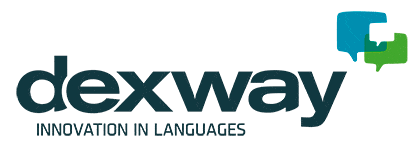Learn 5 advantages of flipped classrom: The flipped classroom model is a new methodology for language learning that proposes a positive evolution of traditional classes. Since it reverses the order of the learning process to blended learning combining online training and on-site classroom learning.
Flipped classroom is the “upside down” class; flip means turning around the class. With the flipped classroom students’ study and deepen the content individually at home through an online software; to later practice and deepen that knowledge in the classroom through collaborative learning. In this way, thanks to the flipped classroom method, classes are used to try to improve those aspects that have not been well learned at home, and thus dedicate class time to consult doubts and work the contents in a collaborative way.

The advantages of the flipped classroom method
The flipped classroom methodology for language learning has many advantages for both the student and the teacher.
1. It adapts to the diversity of the classroom
Students can devote time to each lesson according to their individual progression by spending more or less time in each lesson, to make sure they understand it correctly. In addition to the flipped classroom method they can repeat those aspects that each one needs to reinforce individually. The teacher will manage some tasks or others depending on the evolution of students in general, since you can see what your students fail and what are the topics to be reinforced.
2. Maximize student learning
With the flipped classroom methodology, the student goes from being a passive student, who only listens and attends to the teacher, an active student, who studies at home and then can practice in the classroom what they have learned and enhance what they have not understood well. They also participate with the other students, raise questions, organize, collaborate in teams and solve problems. In this way we ensure effective language learning.
3. More effective learning
Consolidating knowledge in class is now possible. The flipped classroom method allows double language learning. On the one hand, students review the theoretical concepts at home through online software and class time is dedicated to solving doubts, solving comprehension or learning difficulties, and working on the contents individually and collaboratively.
4. Facilities for teachers
The flipped Classroom methodology facilitates deeper and meaningful learning. The educator has more time and flexibility to invest more class time to analyze, create, evaluate their students. Being able to avoid wasting time from practice to more theoretical aspects that the student can memorize and understand at home individually. This contributes to more effective learning, since the languages that are studied and practiced are not forgotten as easily as those that are not used.
5. Students are at their most motivated
The students change the role. Now they are the ones who learn and memorize the theory assuming the responsibilities of language learning, make decisions, participate and work hand in hand with their peers to achieve common goals. They learn by doing, not memorizing. And they develop knowledge and skills that they can apply in their day to day.
You may also like:

